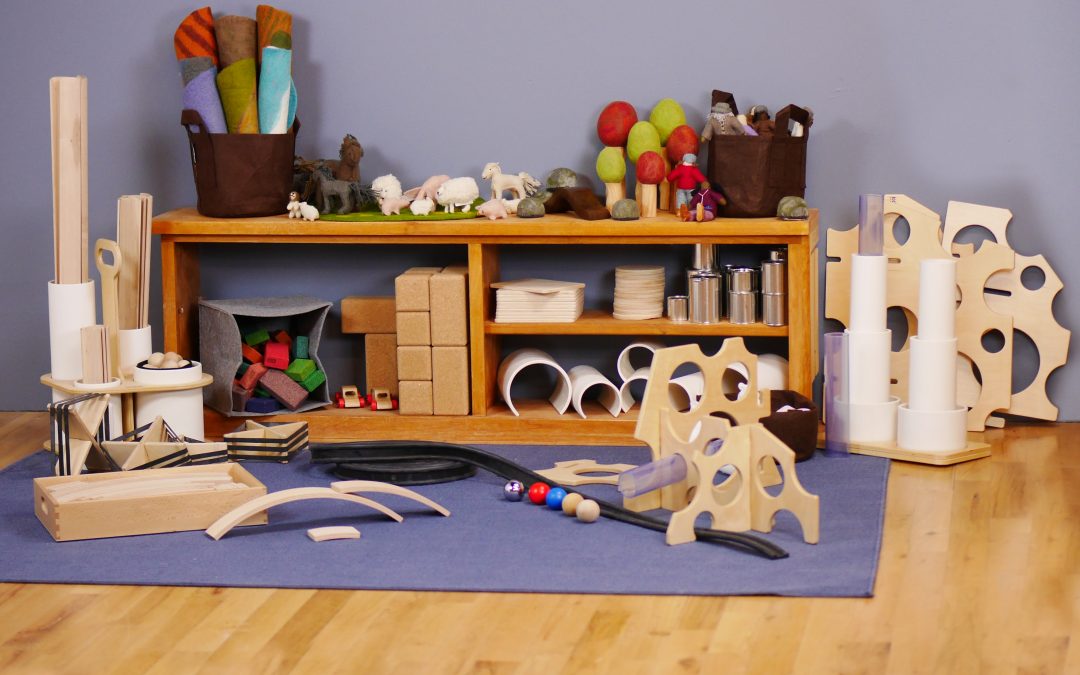The unit block has been a staple material in American kindergarten and preschool classrooms for well over one hundred years. In fact, educators from as early as the late 1700’s suggested that play with blocks was valuable for children to experience gravity, geometry, and physics. Today’s teachers know that block play also yields opportunities for social emotional development, communication , and process skills development. Additionally, we know that providing various types of textured blocks and block accessories and materials that offer children opportunities to build complex structures and create play scripts support concept development and systems thinking.

Kodo’s Enhancing Block Play Collections are designed to provide that complexity. Sets of loose construction materials, including ramps, wooden platforms, natural cork blocks, and play props invite children to think deeply and explore how parts can be combined to create imaginary structures and elaborate systems. Parts from each of the collections can also be used to set up entirely new learning areas or can be added to nearby spaces such as the sensory table or math manipulatives area. Additionally, many of the components, for example wooden Discovery Ramps and cork blocks can be made available in a STEM lab, library, or other common space.

Because many of the materials we develop here at Kodo are unique, (they certainly have not been around for more than 100 years), we’re often asked how to use them. The simplest answer is this, “Unbox them with the children, and they’ll know what to do.” It’s true that children view the materials much like they do unit blocks, they’re for combining them with other construction parts to build just about anything they can dream up. They’re for testing their ideas and applying the knowledge they have about how things work to something new. They’re for constructing models of cool new machines, detailed landscapes, make-believe stories, representations of places and things they know about, and most of all they’re for learning.


